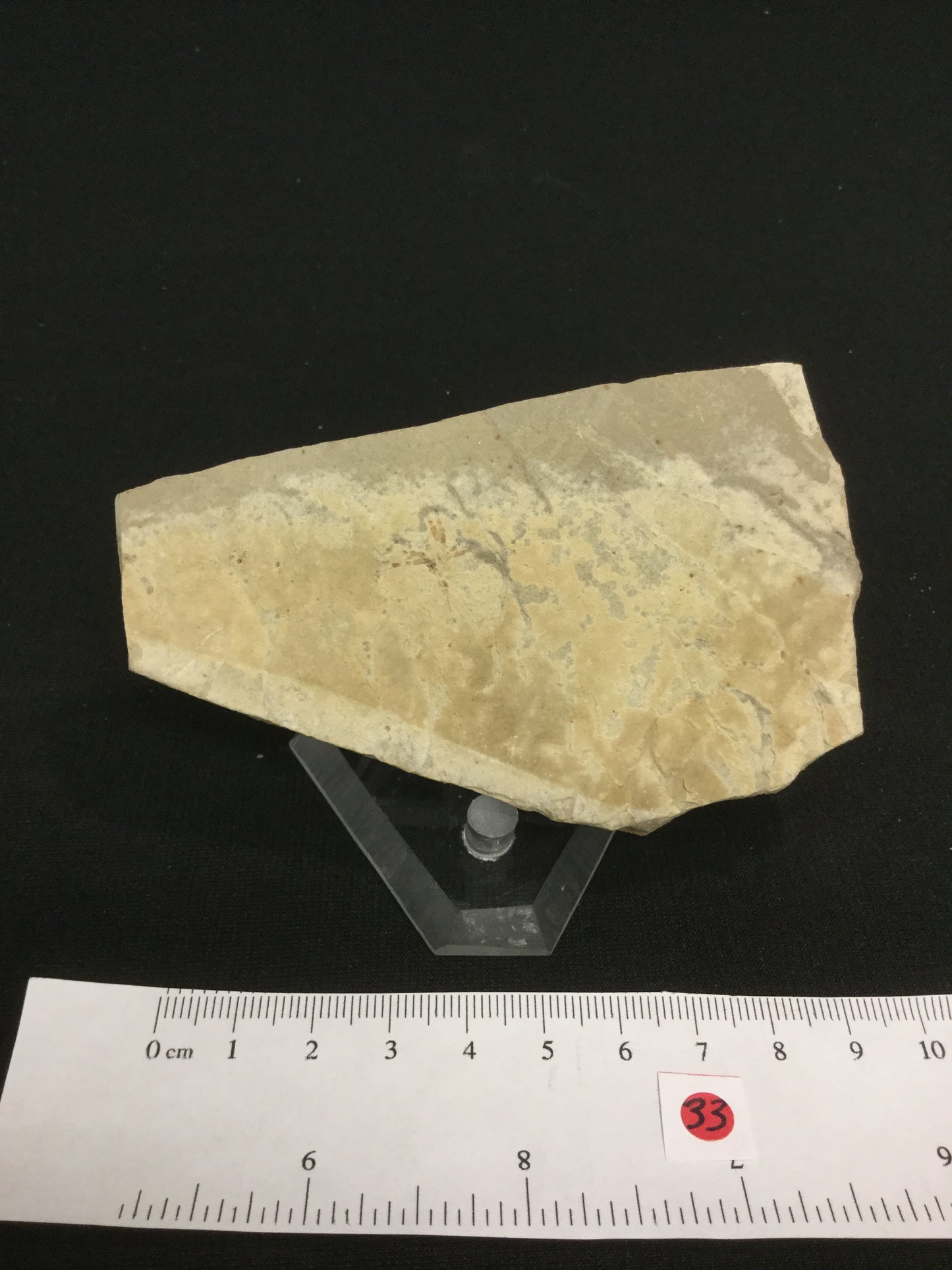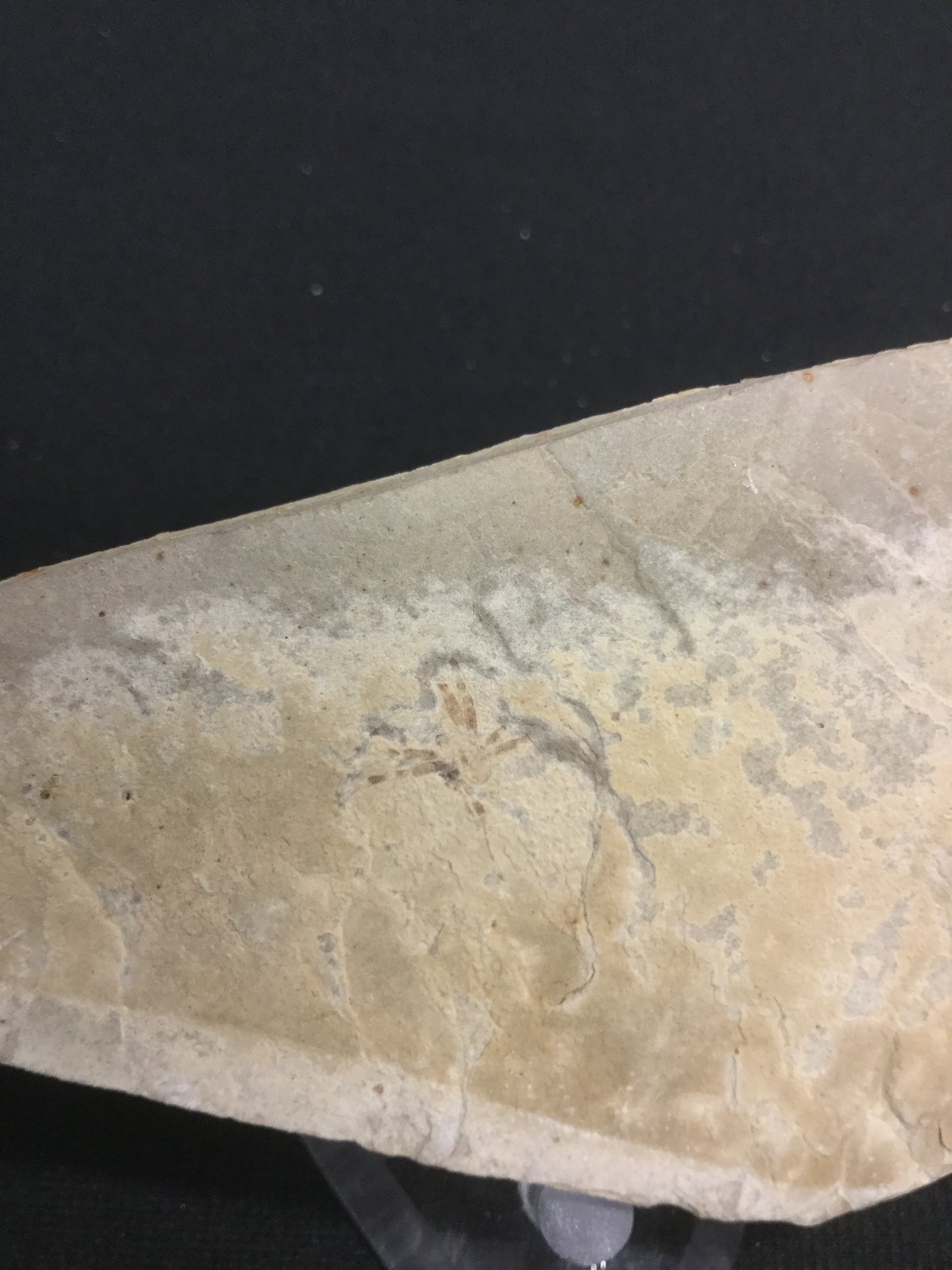All International Orders Must Contact us For Purchase. Click the "Ask A Question" Below to Inquire.
NaN
/
of
-Infinity
Eocene Green River Spider IF-M-PCM-16-033
Eocene Green River Spider IF-M-PCM-16-033
Regular price
$250.00 USD
Regular price
Sale price
$250.00 USD
Unit price
/
per
Unidentified Spider
aff. Miagrammopes
Green River Formation
Parachute Creek Member
Middle Eocene
Uintah County, Utah
aff. Miagrammopes
Green River Formation
Parachute Creek Member
Middle Eocene
Uintah County, Utah
This is a very excellent fossil spider from the Parachute Creek beds in Utah. All eight legs are present. Leg spread is about 1 cm. Fossil spiders are very rare, but this is a very fine specimen. A recent paper by Paul Selden (Arthropoda Selecta V23-2 pp 207-219) adds significant knowledge to fossil spiders from this formation.
The upper part of the Green River Formation in the eastern Uinta Basin is present in two stratigraphic intervals separated by approximately 250 m of sandstone, siltstone, marlstone and lacustrine limestone (micrite, boundstone, grainstone). The lower sequence, in the Garden Gulch Member, represents an early lacustrine phase of Lake Uinta and consists of approximately 29 m of interbedded clay-rich oil shale, gastropod grainstone and packstone, ostracod grainstone, algal boundstone and calcareous silty claystone. Fish fossils, plant debris, and pelecypods are locally present. Detrital clay minerals (smectite, chlorite and illite) are common and calcite abundance is greater than dolomite. The second oil-shale interval is located in the upper 10 m of the Parachute Creek Member. The Mahogany ledge crops out in the lower 15 m of this sequence. Oil shale in the Parachute Creek Member is a kerogenous dolomicrite (dolomite greater than calcite). Analcime, quartz, K-feldspar, and albite are also common. Illite is the dominant clay mineral. Fossils include insects, insect larvae, and plant debris. Marlstone and volcanic tuff are interstratified with oil shale.
Couldn't load pickup availability




